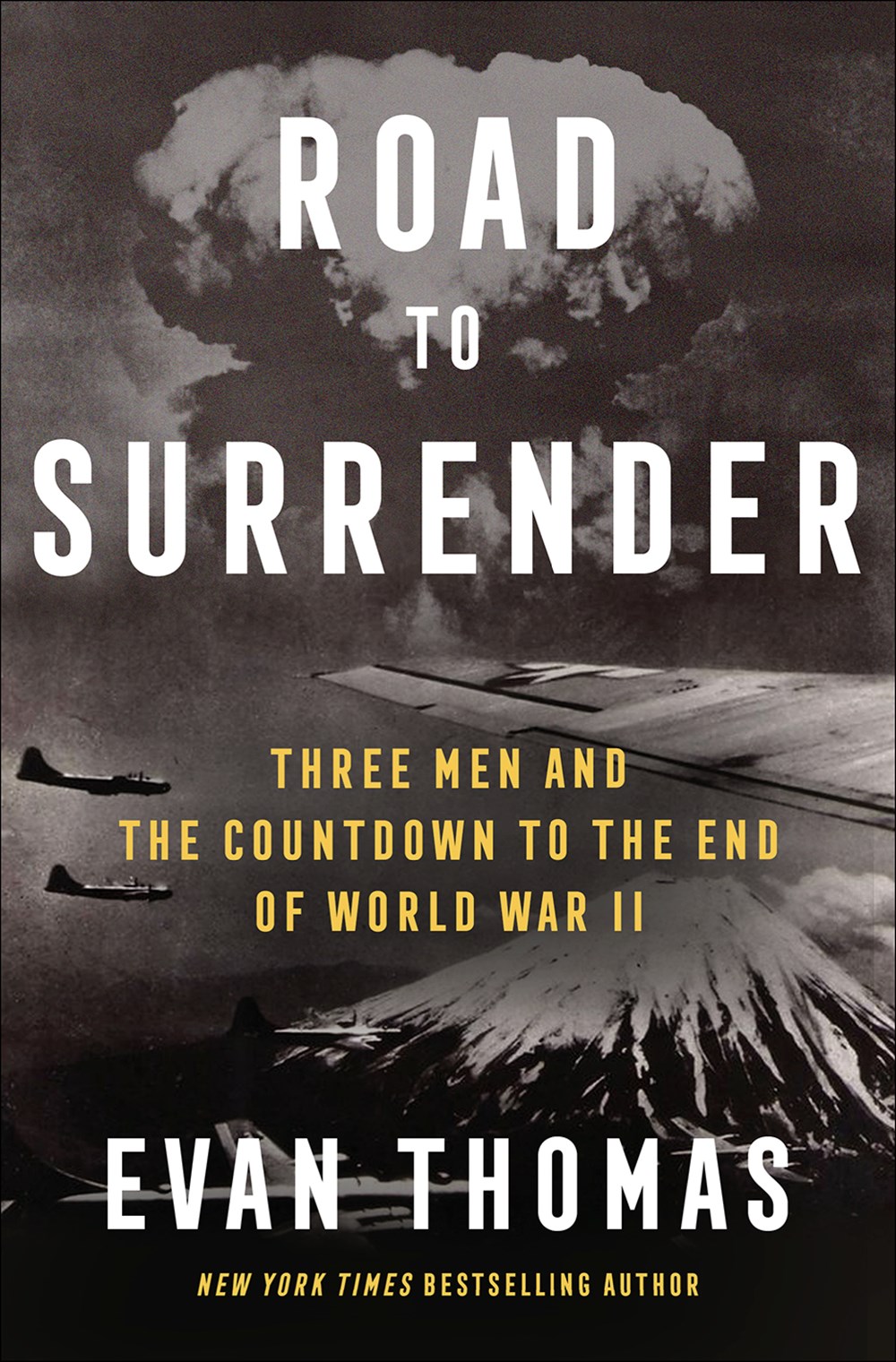The bombing of Hiroshima and Nagasaki did not immediately bring World War II to an end. Bestselling author Evan Thomas (Ike’s Bluff) explains why in his superbly crafted military and diplomatic history Road to Surrender: Three Men and the Countdown to the End of World War II. “This book is a narrative of how the most destructive war in history ended—and very nearly did not,” he writes. “It asks what it was like to be one of the decent, imperfect people who made the decision to use a frighteningly powerful new weapon.”
The three main figures, two American and one Japanese, were quite different from one another. The only thing they had in common was a desire to end the war. Henry L. Stimson, a Republican lawyer from New York, had been the secretary of state for Herbert Hoover and the secretary of war for William Howard Taft, Franklin Delano Roosevelt and Harry Truman. His responsibilities included making decisions about the use of the atomic bomb. Thomas writes that Stimson “embodied and preached a philosophy that would make the United States, for all its flaws, the world’s essential nation: the belief that American foreign policy . . . should balance humanitarian and ethical values with cold-eyed power used in the national interest.”
The other American was General Carl “Tooey” Spaatz, a West Point graduate who had been commander of strategic bombing in Europe before he was assigned the same responsibility in the Pacific. He was initially opposed to using the atomic bomb, but when the Japanese military continued to resist surrendering, he recommended dropping a third atomic bomb on Tokyo. Throughout his career, he remained deeply disturbed about the devastation and loss of life caused by these dreadful bombs.
The third man, career diplomat Shigenori Togo, became Japan’s foreign minister in 1941 and was very much against going to war with the United States. He left office for several years but returned in 1945 to take on a virtually impossible task: to push his military-led government toward surrender. As Thomas describes Japan’s predicament in 1945, “Some of the men now running the Japanese government want to bring the war to an end, but in a society where even the word surrender is forbidden, they cannot admit it.”
Whether the A-bomb should have been used at all remains a controversial subject. Thomas effectively shows, with meticulous scholarship, that even after two atomic bombs had been dropped, the most influential military leaders in Japan insisted on continuing to fight. “Had Japan fought on,” he writes, “likely many more people would have died, possibly millions more, in Asia as well as Japan.”
Drawing on a wide range of sources, including the primary figures’ diaries, Thomas makes the period come vividly alive. This moving account of three men of peace who had to make life or death decisions will interest history lovers everywhere.
